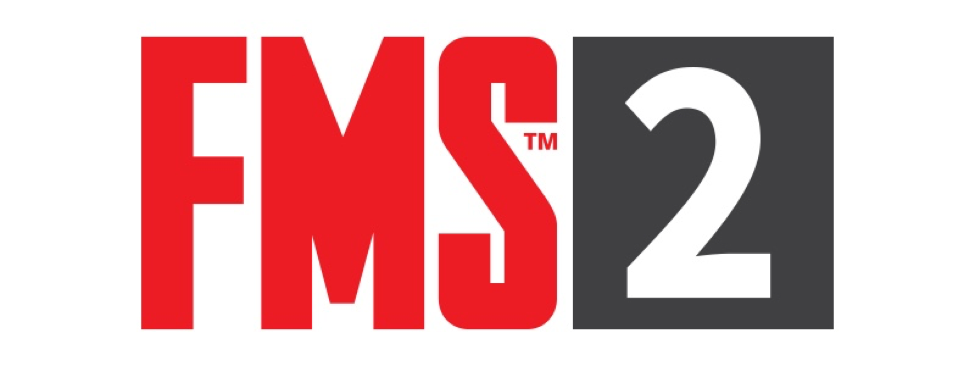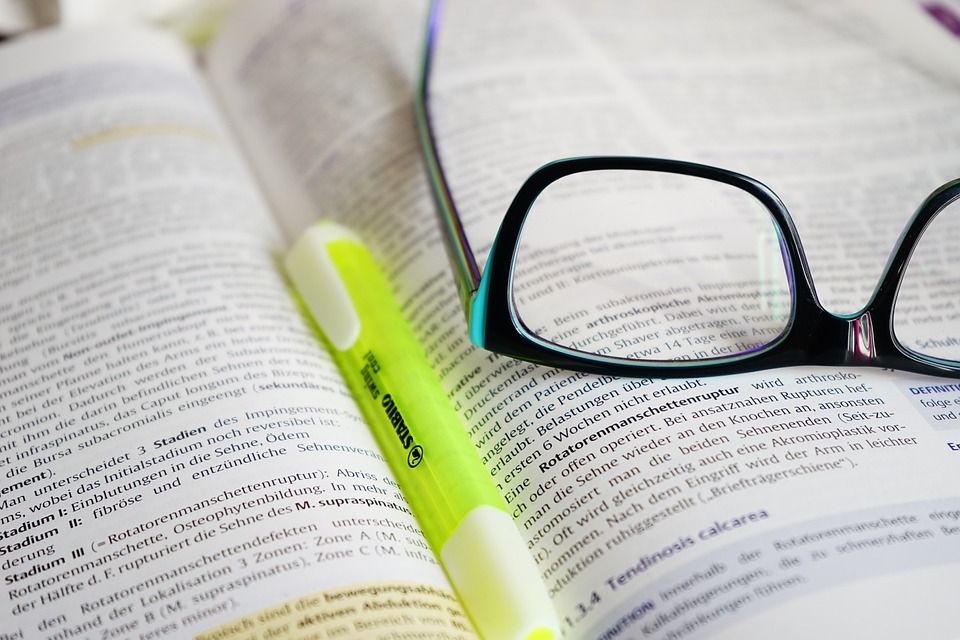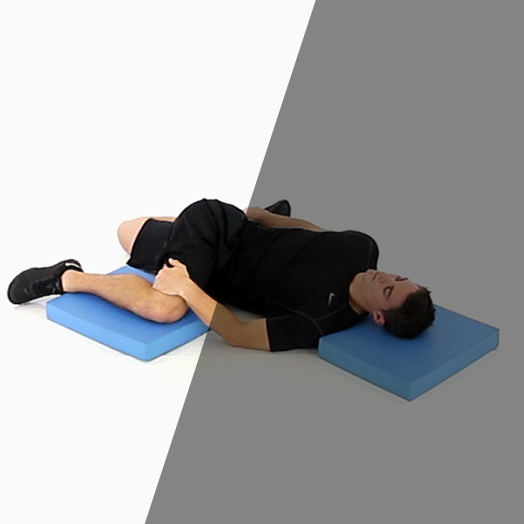Modifying Your Circuit Training Program to Honor the FMS
Written by Diane Vives FMS

Prescribing HIIT workouts in a small group training environment is arguably the most popular programming trend in the fitness industry today. As such, we’re often asked how we honor the principles of the FMS with multiple athletes performing different exercises at one time. How can we ensure a personalized program despite the fluidity of the program? I think it’s probably easier than you think. My goal in this article is to show you how the FMS allows me to take a simple, effective and appropriate approach to programming, regardless of the athlete or limitation.
The first step in building a program is to decide what an ideal circuit would look like. Design the circuit that you would prescribe to an athlete with NO limitations. Assume every movement is a green light. What does that circuit look like?
Next, introduce the FMS. In the majority of clients and athletes, the FMS will reveal a limitation. Use the screen to highlight weak patterns and make those patterns a primary consideration in what to program and, more importantly, what NOT to program.
Look at the second movement principle. It says to Protect, Correct and then Develop. Our first responsibility as health and fitness professionals is to protect. What do I need to protect this athlete from? Just look at the FMS score sheet. The results of the FMS will reveal patterns or exercises that we should remove from an athlete’s program because they don’t demonstrate competency in the area. If we didn’t remove these exercises we run the risk of loading dysfunctional patterns and counteracting work that we’ve done in regards to corrective strategies.
I think it’s worthwhile to note the importance of your tone when discussing limitations with your athletes. Always take a positive approach to the coaching process. Present it as an opportunity to improve.
Pre-Session Routine
One of the things we do in regards to programming is to create a pre-session

routine. This is a routine the athlete doesn’t need the fitness professional to be present for. It could include targeted breathing programs, soft tissue work, stretching, basic mobility, etc. based on the identified weak link for each individual. These are things that the athlete can immediately benefit from by creating gains in mobility. It also puts us in a really good position to start their movement prep.
Let’s say a client demonstrated a limitation in the ASLR. We might have them work on breathing and have a lower body focus to soft tissue work. We might prescribe an assisted straight leg raise stretch or half kneeling hip flexor stretch in addition to basic mobility drills such as a core activation leg raise. We can introduce these in the first session and then re-check the ASLR to see if they are making a positive change. This will help us evaluate the athlete’s progress and confirm whether or not we’re providing the right drills and strategies for pre session work.
Movement Prep
Once we’ve established the pre-session routine, we’ll begin movement prep. This is work that the exercise professional should be present for. We want to make the best mobility gains possible and then apply some static motor control to feed into that new range of motion with an exercise or a drill. The key is to sufficiently challenge the athlete, but allow them to be successful.
These are the concepts that we study in our revamped FMS Level 2 seminars. Since we've moved our Level 1 seminars to an online format we've created more opportunity in Level 2 to focus on case studies and practical application of screening and correctives. We explore various limitations and discuss strategies to improve. We tackle important problems such as how we identify the difference between a limitation that’s related to mobility and a limitation that’s related to motor control. Once you have the tools to 1) identify dysfunction or limitation and 2) target the issues, then writing exercise programs is fairly straight-forward.
Once the pre-session programming and movement prep is completed the athlete is in an excellent position to begin circuit training as they have the advantage of those positive gains which we can apply further motor control strategies to in the training session in order to challenge the movement patterns. Our goal is to take them as far down the corrective path as possible in each session. Again, it’s important to create the right mindset.
If we’re working one on one, it’s fairly easy to create an ideal corrective path and make adjustments as needed.

It’s a little more difficult to do in small groups. We use the Smartsets training system. It helps us design a circuit based on four pillars of human
movement.
- Level changes (hinge, squat, lunge)
- Upper body push and pull
- Rotary stability or rotation
- Biomotor skill or balance work
Knowing someone’s FMS scores will help us make adjustments within the circuit. Since we used it above, let’s assume the athlete we’re talking about demonstrated a limitation in the ASLR. The first thing we’re going to do is be very conscious of protecting them. We’ll back off deadlift variations, Olympic lifts or anything that requires an efficient hip hinge because they simply don’t have the prerequisite movement. Instead of avoiding the issue altogether, we can substitute the exercise variation with a corrective exercise that will actually improve the athlete’s movement. For example, we might ask the athlete to perform an exercise in a half-kneeling position, such as a halo. The goal is exposure to movement corrections and get back to the original exercises when the FMS lets us know they are ready.
I hope this demonstrates how the FMS can be used in a small group training environment. Additionally, I hope it emphasizes how identifying a limitation doesn’t have to preclude an athlete from exercise, but should inform HOW they exercise.
ABOUT THE ARTICLE AUTHOR: Diane Vives is Owner and Director of Vives Training Systems and Fit4Austin in Austin, Texas. She is an internationally recognized presenter who focuses on providing integration strategies based on science and 17 years of experience. Currently she serves on the Education Team for Functional Movement Systems and has served on the NSCA Board of Directors and the Under Armour Performance Training Council. Her Experience includes being a Performance Training Specialist, training director, author, programing consultant, and professional mentor.
Related Resources
-
Conquer the Brettzel
Posted by Greg Dea
-
FMS in Fire Fighters
Posted by FMS
-
Movement Principle # 10
Posted by Gray Cook
-
Walk the Line
Posted by Gray Cook
Please login to leave a comment
3 Comments
-
Natany Roquete Torres 12/27/2016 1:32:35 PM
Nice!!! Love it.
-
-







